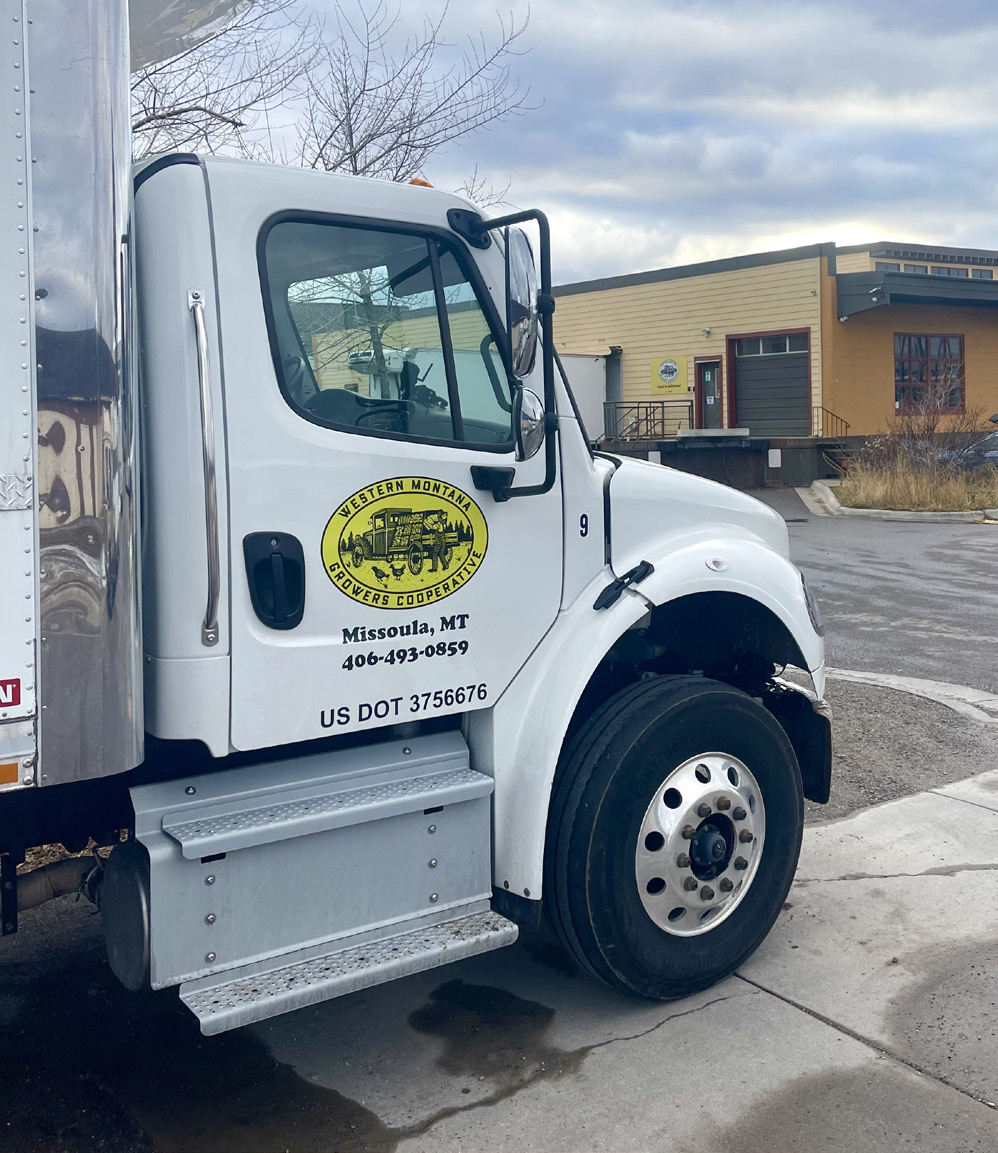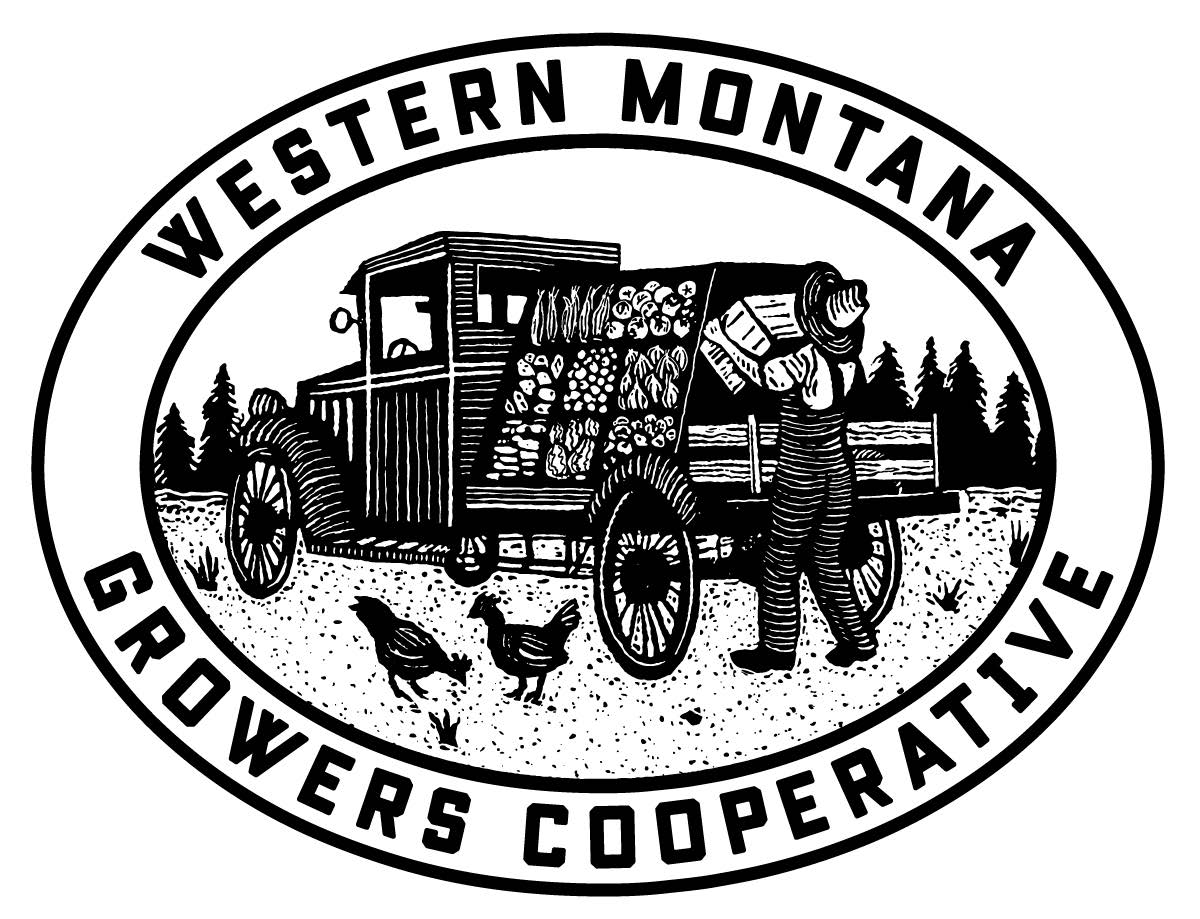Building Blocks of a Local Food System
How farmer-owned cooperatives are bringing local food to market across Montana
A food hub is a business that strengthens the food supply chain by connecting producers with consumers who want to access local food. Food hubs make it possible for more people to get food from their region. Individuals can access fresh, local produce, meat, dairy, and grains in a similar way as wholesale, large-quantity buyers like restaurants, grocery stores, and schools. By combining goods from multiple operations and handling essential systems tasks like transportation and marketing, food hubs empower producers to work together to reach new markets and expand local food availability for consumers.
At times, food hubs adopt a cooperative model to place ownership and control in the hands of producers. With a cooperative structure, food hubs can build on grassroots investment from members to grow capital and overcome start-up barriers. While a relatively small share of food hubs currently operating in the US are organized as cooperatives, the form is common in Montana and supports resiliency in volatile market and climate conditions.

Photo: Western Montana Growers Cooperative
Western Montana Growers Cooperative (WMGC) was formed in Arlee in 2003 and relied on sweat equity contributions by its founding members during its early years. It has grown steadily into a thriving business in the two decades since and now serves farmers and ranchers throughout Western Montana’s Flathead, Mission, Jocko, and Bitterroot Valleys. At its central warehouse location in Missoula, WMGC maintains a staff of nearly two dozen employees on a year-round basis in roles ranging from sales and marketing to finance and operations. General manager Dave Prather, who first joined WMGC as a producer in 2010, said that the co-op “allows fa rmer s to concent rate on producing great local food and scaling their farms at a comfortable pace while making their food more accessible to wholesale buyers.”
Product quality and freshness are key selling points for WMGC’s customers, added sales manager Emily Mayberry. “Produce from our farms is harvested and delivered within two days of ordering,” she explained. Local establishments like the Good Food Store and Bridge Pizza provide “a one-stop shop for all the categories of food grown and produced right here in our region.” For Yellowstone Valley Food Hub, a farmer-owned cooperative in Billings, source transparency and a connection to local agriculture are at the heart of a model that emphasizes direct-to-consumer sales. General manager Carrie Stokes- Holst said that the hub “bridges the gap between producers and the community, increasing access to fresh, local food while giving farmers and ranchers the visibility and support they need to thrive.”

This may be especially important in the Cent ra l and Ea stern parts of Montana, where food system infrastructure can be fragmented, and producers are long distances from consumers in populat ion centers. The cooperative ownership model ensures that purchasing dollars stay local, where they are reinvested to strengthen local food supply chains and the rural communities that support them. The success of food hubs and co-ops in Montana’s food economy gives good reason to look ahead with hope for continuing growth.
Charlie Michel is the Cooperative Development Center Director at Mission West, a non-profit community and economic development organization in Ronan.
